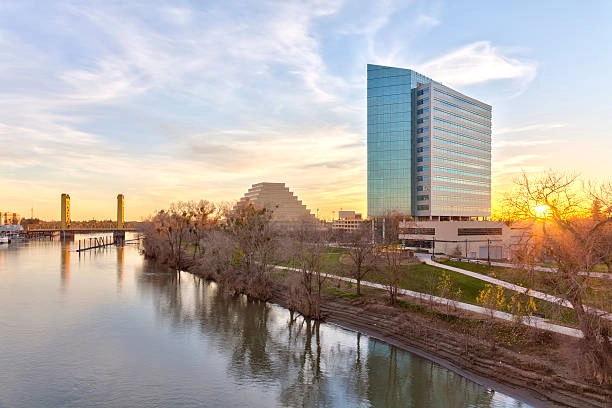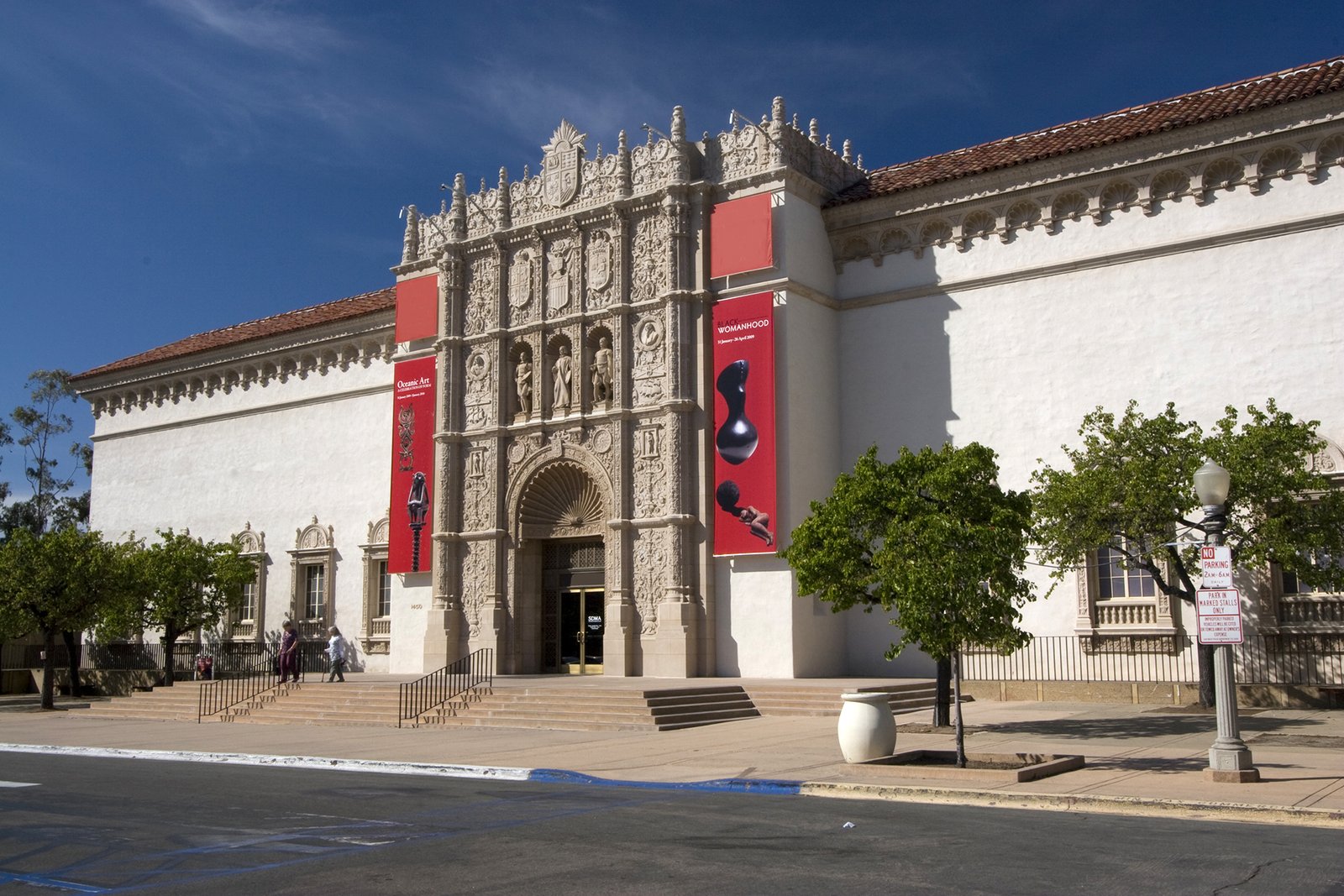Omaha Nebraska, nestled along the Missouri River, stands as Nebraska’s largest city and a hub of cultural and economic significance. From its origins as a trading post to its modern status as a thriving metropolitan area, Omaha’s history is rich with diverse influences and pivotal moments. This article delves into the vibrant tapestry of Omaha Nebraska past and present, exploring the lives of its residents and the city’s evolution over the centuries.
Early History and Founding
Omaha Nebraska’s history began long before European settlers arrived, with the region originally inhabited by various Native American tribes, including the Omaha and Ponca peoples. The name “Omaha” itself is derived from a Native American word meaning “those going against the wind or current,” a testament to the area’s indigenous heritage.
The Omaha Nebraska official founding dates back to 1854, following the Kansas-Nebraska Act, which opened the territory to settlement. Omaha Nebraska quickly became a significant gateway for westward expansion due to its strategic location along the Missouri River. The construction of the Union Pacific Railroad, which began in Omaha in 1863, cemented its status as a critical transportation hub.
Growth and Development
In the late 19th and early 20th centuries, Omaha Nebraska experienced rapid growth. The city’s economy flourished with the establishment of the meatpacking industry, which attracted a diverse workforce. Immigrants from Europe and African Americans from the southern United States arrived in large numbers, contributing to the city’s cultural mosaic.
Omaha Nebraska economic prosperity continued into the 20th century, driven by industries such as banking, insurance, and telecommunications. The city’s skyline began to change, with notable structures like the Woodmen of the World Tower (1912) and the First National Bank Tower (1969) symbolizing its economic vitality.
This City More About: Here
Modern Omaha
Today, Omaha Nebraska is a bustling metropolitan area with a population of over 480,000 residents. The city is known for its vibrant arts scene, educational institutions, and diverse culinary offerings. Omaha’s Henry Doorly Zoo and Aquarium is renowned as one of the best in the world, attracting visitors from far and wide.
The city’s economy remains robust, with significant contributions from industries such as finance, technology, and healthcare. Companies like Berkshire Hathaway, led by Warren Buffett, and Mutual of Omaha are headquartered here, reinforcing Omaha Nebraska’s status as a major economic player.
Omaha Nebraska City Best Tour and Travel Service: Here
Quality of Life and Community
Life in Omaha Nebraska is characterized by a strong sense of community and a high quality of life. The city boasts a low cost of living compared to other major metropolitan areas, making it an attractive place for families and young professionals. Omaha’s public schools and universities, including the University of Nebraska at Omaha and Creighton University, provide excellent educational opportunities.
The city’s neighborhoods, from the historic Old Market to the bustling Midtown, offer a variety of lifestyles and housing options. Omaha Nebraska residents enjoy numerous parks, recreational facilities, and cultural events, fostering a vibrant community spirit.
Conclusion
Omaha Nebraska history is a rich tapestry of growth, diversity, and resilience. From its early days as a frontier town to its current status as a thriving urban center, Omaha has continually adapted and evolved. The city’s residents, both past and present, have played a pivotal role in shaping its unique identity. As Omaha looks to the future, it remains a city that honors its heritage while embracing innovation and progress.
This deep dive into Omaha’s life and history highlights the city’s enduring appeal and the dynamic experiences of its residents, making it a fascinating subject for exploration.





